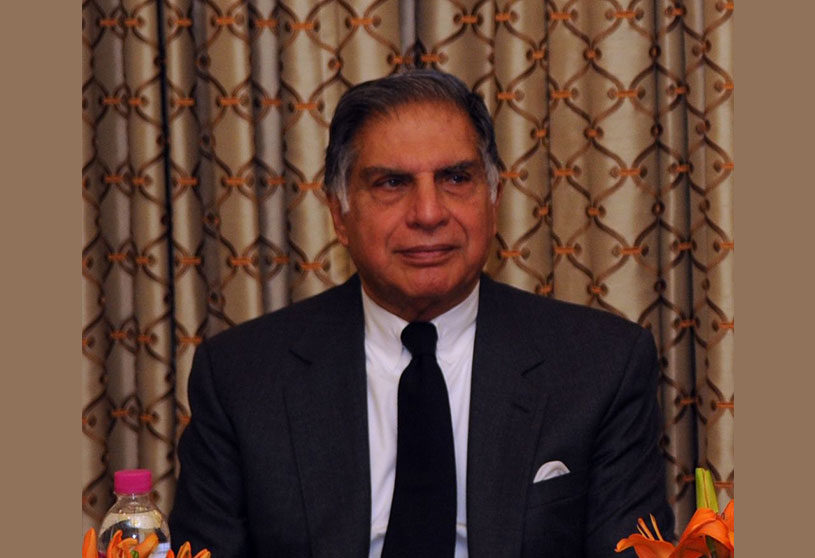The coronavirus pandemic has given birth to a lot of phenomena that we have not witnessed in our lifetime and we can’t say for sure that we will ever witness the same, again in our lives. On one hand due to the complete lockdowns and stalled economy the environment has shown signs of improvement, the quality of air and water has improved, wild animals have been sighted roaming freely in urban peripheries; whereas, on the other hand, this pandemic has also exposed the fault lines in our society to a wider audience.
The Chairman Emeritus of the Tata Group, Ratan Tata, recently brought to light one such fault line in the light of current spread of the novel coronavirus among the slums of Mumbai, most notably the largest slum in Asia, Dharavi.
“For the first time, the close proximity, low value structures that we have built are the cause of new problems. The last few months have taught us that we’re suffering from close proximity. We have the image we want to project of ourselves and there’s a part we want to hide. We have social responsibilities as architects and builders.”
Speaking on a virtual panel discussion on the “Future of design and construction” organised by CorpGini, Ratan Tata highlighted the issues with the slums of Mumbai and how millions in the city are deprived of their basic right of housing.
“The corona issue is a wake-up call of what beholds us and what our concern is as it turns around us and holds us back. I think there should be a re-examination of what we consider to have acceptable standards in terms of quality of life. Perhaps there ought to be a revision in terms of the fact that we are dealing with communities, we’re dealing with populations that need to be a part of new India,” he noted.
As this article is being published, Mumbai’s slums have emerged as Coronavirus hotspots, with Dharavi suffering most with 275 positive cases and 14 total deaths. Other slum areas at Worli Koliwada and Govandi have also emerged as infected clusters. With the kind of density that these slums have, the social distancing norms as suggested by governments are a dream to achieve. We are talking about some of the most densely populated slums on the earth where in Dharavi about 7,00,000 people live in just 2.1 square kilometres.
“We are creating a community which we’re ashamed of. We should be really driven by the desire of creating a world culture.”

On the issue of slum rehabilitation, Ratan Tata said, “We just go to affordable housing, slum elimination. We’re trying to remove slums by moving them to another location, high value housing is being put over there. Slums are the residue; we’re building a vertical slum.”
If you take a close look at many of Mumbai’s slum rehabilitation projects, you can easily recognise what Ratan Tata is referring here as “vertical slums”. To begin with, many of these projects are located at the outskirts of the city and in doing so they isolate the workers from their livelihood sources that are located in the city.
Then comes the role of design and the designers. Most of these housing projects are designed in a very poor way, with almost zero thought given to the requirements of natural light or ventilation. With dark, unventilated rooms and smells of leaking pipes these housing colonies are breeding grounds both social and medical diseases.
“The houses are planned in such a way that they are going to lead to illness. They are literally designed for death.” Dr Ravikant Singh
The ongoing Covid-19 pandemic has made us realise many things and one amongst them is that the problem of slums is not an isolated problem; it is the problem of the Urban community at large. Dense and unhygienic living conditions become the fertile grounds for the spread of the viruses and epidemics. Unless we take a holistic approach in dealing with the slums, we will only go in creating further slums in the process of slum-rehabilitation.
“I think we have to consider this issue as being “our” problem, and not “their” problem. We need to concern ourselves with the quality of lives everywhere. We need to ask ourselves, ‘are we ashamed of what we see or proud of what we see?’ We need to consider urban communities as one.” Ratan Tata.
For more information read here
Sources:
Save